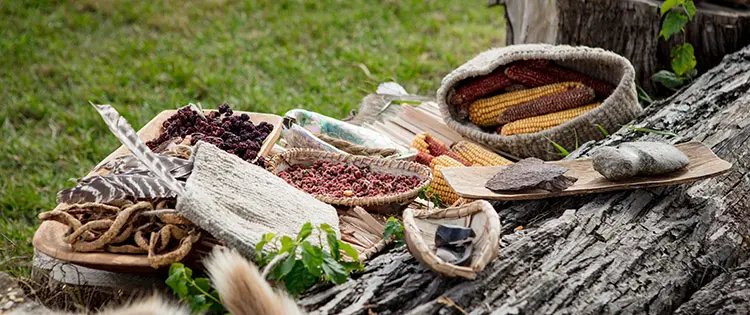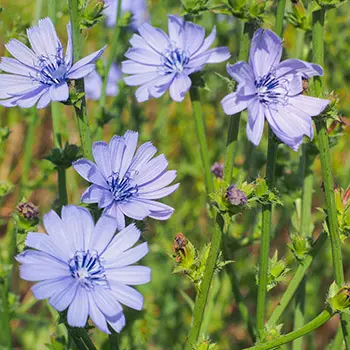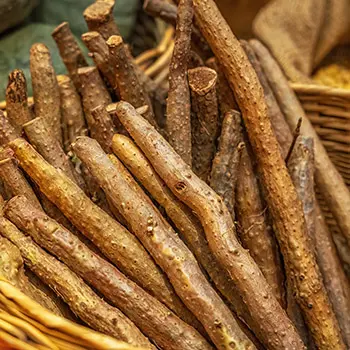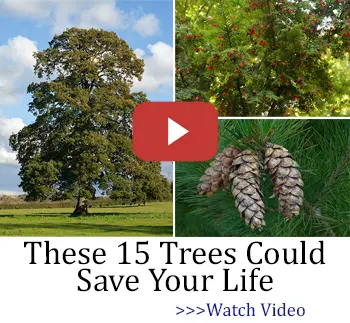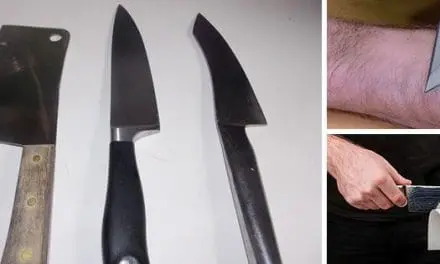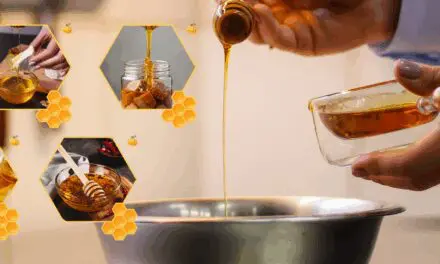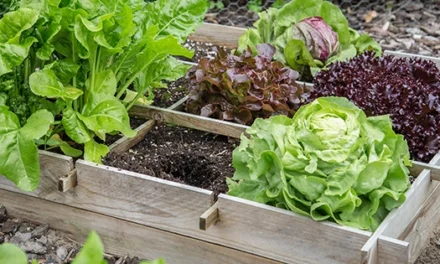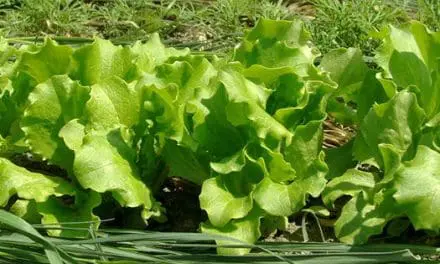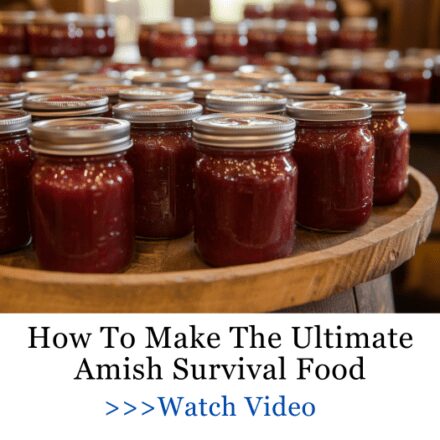Native Americans spent thousands of years farming, gathering, and hunting for their food across this continent. Today, we’ll take a look at some very easy-to-find and gather nibbles that you can enjoy on the trail or at home. Your pick. Let’s get started.
Grains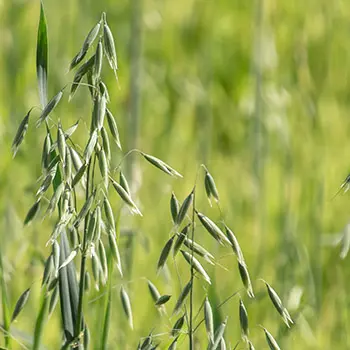
Your most recognizable grains aren’t going to show up in the wild. Instead, you’ll find things like wild oats, a variety of starchy roots (we’ll get to those), and things like lambs’ quarters. In some areas of the northwest and southwest, you may find a wide variety of wild rice (and cousin-type plants) but you are unlikely to find them in such a great quantity that you’ll be able to live off of them.
Lamb quarters are being included up here because they really are more of a wild grain than green, in my opinion, in terms of how our body processes them. You’ll want to blanch these, eat the stems, leaves, and flowers, and leave the seeds alone (they taste like soap).
Related: The Forager’s Guide To Wild Foods: Book Review
Then, depending on how long you’re going to be out in the woods, you can either dry them and powder them into loose flour or you can cook them down in stews as a thickener. Generally speaking, young lambs’ quarters are grassy in a pleasant way (almost herbal) and a nice complement to red meats.
Greens
There are thousands upon thousands of greens and green-type plants that you can harvest while you’re out wandering around. The biggest concern is mistaking them for a different plant and eating something that will give you, bluntly, profuse diarrhea. To the point that you may be hooked up to an IV for a while once you get back to civilization.
I can teach you plenty about them here, but be certain to get a good guidebook relevant to the area that you’ll be exploring. I don’t want anyone to get sick so I recommend you to check The Forager’s Guide to Wild Foods.
Related: Weeds You Should Never Pull From Your Backyard
Some of my favorite greens to collect are chicory, easily recognizable with its peppery pale blue flowers, and sorrel, with its five-leaved pink flowers. Every part of these two plants is edible, though I would not bother digging up the roots unless you have quite a lot of time on your hands.
And if you do, I’m very surprised. Both plants tend to dig in pretty deep and you won’t get much from eating the roots more than you would simply eating the plant. Pick and be done with it.
Either one is a great complement to absolutely anything else that you’re eating. I love good wood sorrel fresh and late in the season with mushrooms, coarse salt, and a good venison steak.
Roots
Wild carrots are a no-go for me because of their very similar appearance to a variety of very deadly plants, but that doesn’t rule out roots in general. Dandelions, burdock, wild onion and garlic, and rhizomes from the licorice fern (which tastes exactly like it’s named!), are all wonderful choices and easy stand-outs for first-timers.
I do pause these days with dandelion roots. Though I love them, bees really desperately need dandelions to get their hives started (and kickstarted) early in the year.
Related: How To Grow An Endless Supply Of Potatoes
Tearing dandelions up by their roots isn’t fantastic for the dandelion population. My suggestion? Just be mindful. Be aware that these plants are very, very important to the bees and that without the bees, we are in a very, very bad situation.
Burdock needs to be pulled, peeled, and chopped finely. It can be used as a carrot would, though it is very bitter when eaten raw. I usually chop it finely then let it soak for a half hour or so, discard the water, and then use it in stir-fries or simmers. It brings a really wonderful earthiness that is especially delicious for a stew.
Fruits, Nuts, and Other Such Things
You won’t see many fruits, other than apples and similar fruits, in the fall. Most of them are rotting on the vine by the cooler months because that’s when it’s best for them to be resting on the ground or underground. Ideally, an animal would have already eaten them and spread them, but not all seeds are so lucky.
If you do see apples (or fruits in the same family), you can always pick a few of those. Be aware that crab apples will be very sharp and to watch out for worms.
Related: Dwarf Fruit Trees You Can Grow In A Tiny Space
Nuts will be profuse throughout the fall forest and even in many arid locations, though many of these will be so small and hard that they will be difficult to open without specialized tools to do it with.
I strongly recommend looking at your localized guide to see what nuts are common in your area and to go find plenty of them far away from the local farms. There is rarely anything that tastes as good as a fully ripe nut fresh from a forest walk.
Mushrooms are also common, but we do not have anywhere near the space to consider mushrooms today. Unless you are absolutely certain, leave them for someone else.
Meat
During the fall, many animals are mating for the upcoming spring. Though obviously pre-colonization Indigenous Americans did not harvest roadkill, because there was no such thing until about a hundred years ago, it is very common practice to do so these days.
Check with your local Department of Natural Resources to find out everything that you need to know about harvesting a freshly struck and deceased deer, moose, caribou, or bear; the possibilities are endless. And this way, you know the animal is not going to waste on the road or possibly cause another incident when scavenger animals come to clean up.
Fall Container Vegetable Gardening
How to Collect Clean, Drinkable Water from Plants (Video)
12 Native American Remedies That We Lost To History

